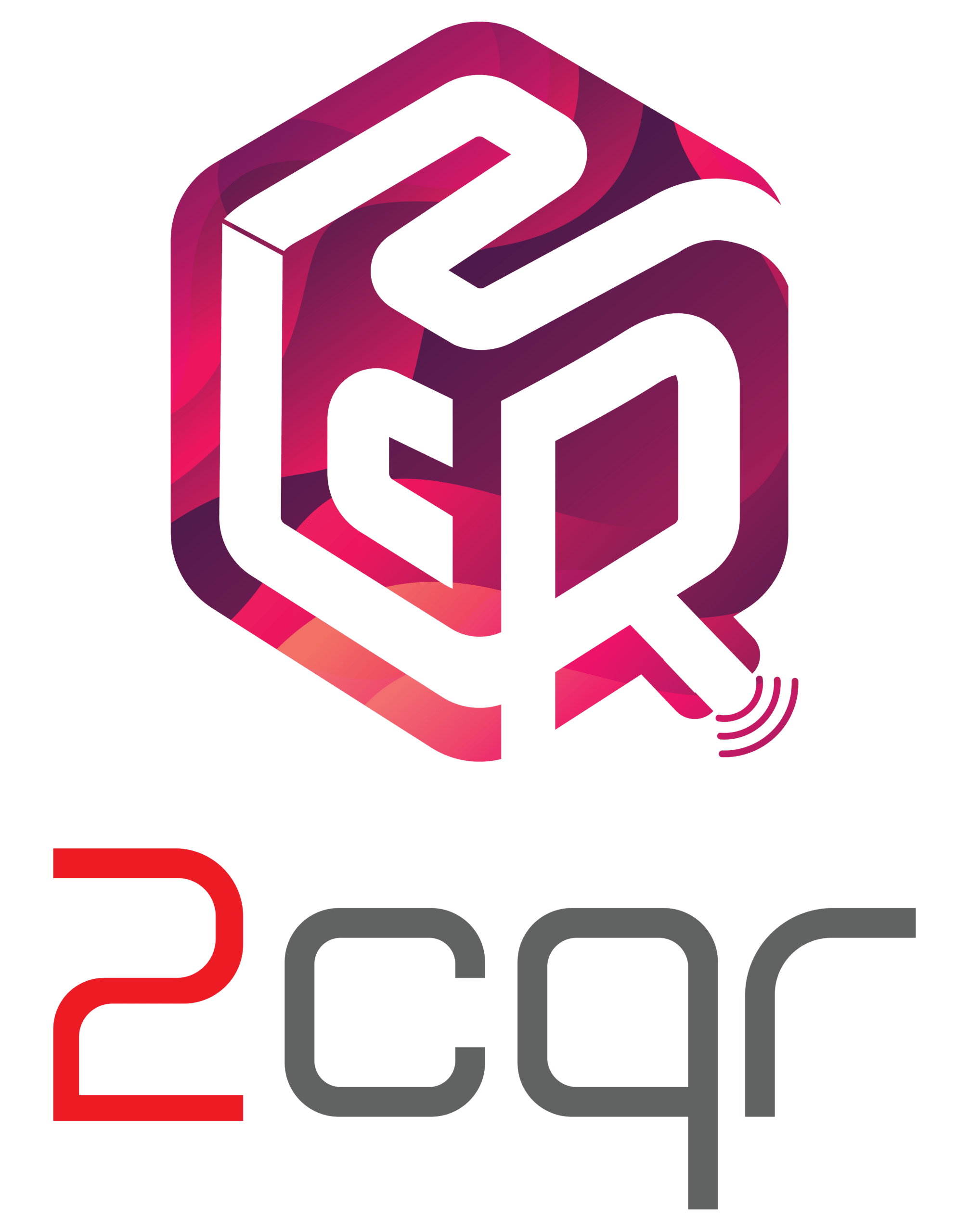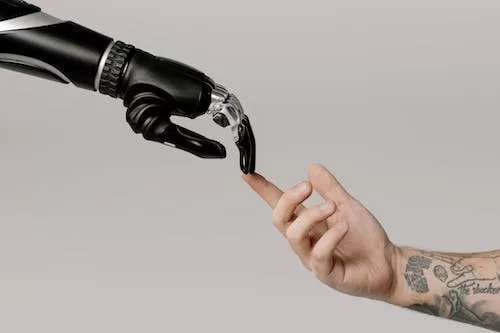Convergence of AI and RFID – The future of Intelligent Technology
In a world fueled by technological advancements, two extraordinary forces have emerged—Artificial Intelligence (AI) and Radio-Frequency Identification (RFID). AI, the simulation of human intelligence in machines, has taken industries by storm with its ability to learn, reason, and make decisions. On the other hand, RFID, a wireless technology that utilizes radio waves to identify and track objects, has brought efficiency and visibility to supply chains and beyond. Now, imagine the unparalleled possibilities when these two powerful technologies converge, synergizing their strengths and propelling us into a future of unprecedented innovation. Join us as we delve into the convergence of AI and RFID, where intelligence meets limitless potential.
1. Super Personalized Marketing:
In the era of information overload, AI and RFID integration can revolutionize personalized marketing campaigns. RFID-enabled customer tracking can provide valuable insights into shopping behaviors, preferences, and demographics. AI algorithms can then analyze this data to create hyper-targeted marketing campaigns, delivering personalized advertisements and promotions. This convergence empowers businesses to build stronger customer relationships, increase sales, and foster brand loyalty.
Did you know : Alibaba's 'FashionAI' store in Hong Kong combines RFID technology, AI-powered mirrors, and smart recommendations, creating an enchanting shopping experience that captivates customers.
2. Environmental friendly Supply chain
The combination of AI and RFID can also contribute to supply chain sustainability efforts. By integrating environmental sensors and RFID tags, organizations can monitor and track the carbon footprint of their products throughout the supply chain. AI algorithms can analyze this data to identify areas of improvement, optimize transportation routes, and minimize waste generation. This integration promotes sustainable practices and helps organizations achieve their environmental goals.
Example : Blue Yonder combines AI, machine learning, and optimization techniques to provide end-to-end supply chain solutions. Their AI-driven platform helps businesses optimize inventory, demand forecasting, transportation, and warehouse operations. By analyzing vast amounts of data in real-time, Blue Yonder enables companies to make more accurate predictions, reduce costs, and improve overall supply chain efficiency.
3. AI powered Event Management
AI and RFID can revolutionize event management by streamlining processes and enhancing attendee experiences. RFID-enabled wristbands or badges can serve as access passes, cashless payment methods, and personalized experience enhancers. AI algorithms can analyze attendee data, such as preferences, demographics, and interactions, to personalize event offerings, optimize crowd management, and deliver tailored content and recommendations. This integration transforms events into immersive and engaging experiences.
Example : Cvent offers a comprehensive event management platform powered by AI. Their solutions incorporate AI algorithms to automate tasks, personalize attendee experiences, and optimize event logistics . Cvent, has supported the planning and execution of thousands of events worldwide, including major conferences, trade shows, and corporate meetings.
4. Making Smart Cities a reality
Prepare for a revolution that breathes life into cities, making them intelligent, sustainable, and interconnected. The amalgamation of AI and RFID empowers smart city initiatives worldwide. RFID-enabled sensors collect real-time data on traffic patterns, energy consumption, and waste management. AI algorithms process this information, optimizing traffic flow, reducing energy waste, and predicting maintenance needs. The result? Smarter, greener, and safer cities that provide an unparalleled quality of life.
Fact: Singapore's 'Smart Nation' initiative utilizes AI and RFID to monitor traffic congestion, enabling dynamic pricing schemes that incentivize off-peak travel and reduce gridlock.
5. Smart Wildlife Conservation:
AI and RFID can act as guardians of endangered species. By tagging animals with RFID devices, researchers track their movements, monitor habitats, and gather crucial data. AI algorithms process this information, aiding in wildlife population analysis, habitat preservation, and early detection of threats. This synergy enables conservationists to make informed decisions, protect biodiversity, and preserve our planet's most precious species.
Did you know? The Ol Pejeta Conservancy in Kenya uses AI-powered RFID technology to track and protect endangered rhinos, bolstering their conservation efforts.
As we reach the end of our exploration into the convergence of AI and RFID, we are left in awe of the transformative potential and boundless innovation that arises from this remarkable alliance. The integration of AI and RFID has opened doors to a future where industries are propelled towards greater efficiency, accuracy, and customer-centricity.
As we embrace this convergence, we must also recognize the importance of responsible and ethical implementation. With great power comes great responsibility, and it is crucial for businesses and individuals alike to navigate the AI and RFID landscape with transparency, privacy safeguards, and an unwavering commitment to the well-being of all stakeholders.
The journey into the realm of AI and RFID convergence invites us to reimagine the world around us. The possibilities are limitless, and the potential for positive change is immeasurable. Together, we can harness the transformative power of AI and RFID to create a world that exceeds our wildest imaginations.


